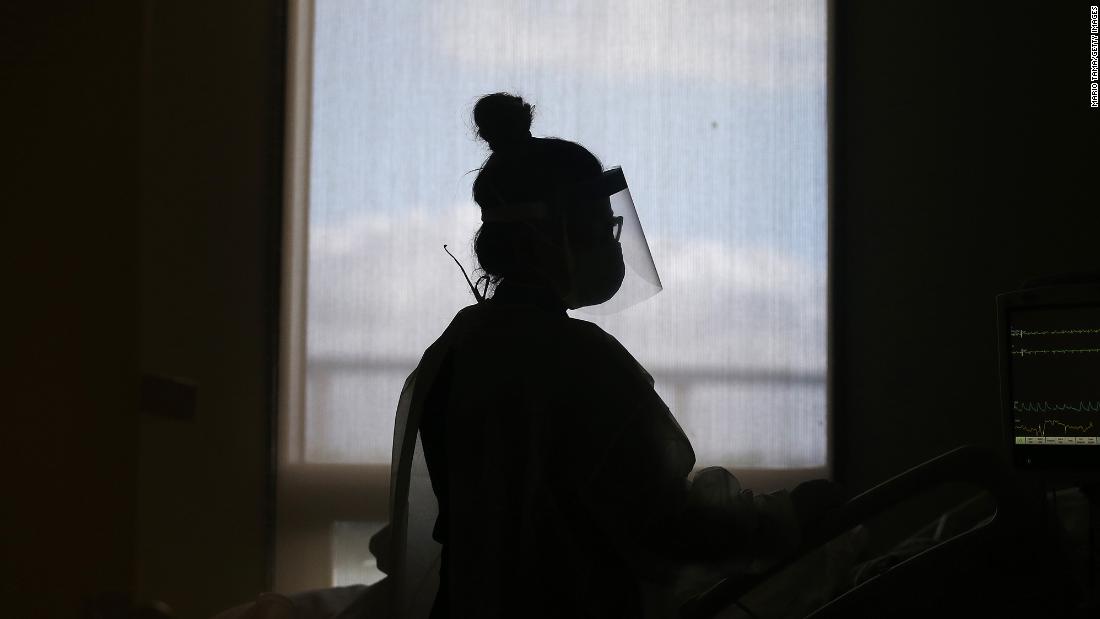
It quickly became clear to me that I had made the wrong call. I should have been with my mom, helping her navigate the system and make more informed choices about her treatment. Thankfully, my mom did well and is still alive today. As painful as it was, the lessons from that period stuck with me, and I have tried hard not to let work overwhelm the rest of my life.
This is an important start, and one of the first national efforts at supporting health care workers, but it is only the beginning. Research into mental health is as critical as raising awareness of the issues. There is so much we don’t know: What roles and specialties are experiencing effects of burnout at the highest rates, and therefore which workers are most at risk? Can we identify vulnerable workers before they experience burnout? How can we prevent it? How do we do any of that at a cost that is not prohibitive to health systems, many of which are already strapped for budget?
While the additional funding from the Dr. Lorna Breen Health Care Provider Protection Act will provide much-needed support in finding answers to these questions, health care organizations will also need to ensure they’re putting their employees’ mental and physical health front and center.
Here’s where they can start:
Provide more support
Spot burnout early on
Health system leaders should facilitate regular meetings between management and their direct reports to see how they’re doing, prioritizing clinicians who are early in their careers, along with those who are practicing in understaffed areas, and those who are dealing with high-acuity patients, witnessing severe disease and death. It’s important to make it easy for workers to come forward and ask for help — and normalize doing so — through different channels or forums.
Implement operational improvements
Perhaps most importantly, efforts to support health care workers should be coupled with organizational changes. Many health care workers spend hours on administrative tasks and documentation, dealing with inefficient technology systems. Better technology and processes can help them to be more efficient and save time on administrative work. Health systems can seek out solutions to help solve for electronic health record and documentation-related burdens, in particular, like tools that make it easier to find buried information, or artificial intelligence that assists with note-taking.
Further, companies should hire more workers. When units are short-staffed, the existing workers often have to take on more responsibilities. Careful attention to workload can offset some of these burdens. For instance, clinicians would benefit from dedicated help making templates or order sets for common situations to help save time, or administrative staff can manage some tasks that don’t necessarily require a doctor.
Lasting change will require dedicated and continued efforts from health system leadership, policymakers, technology companies, researchers and each one of us. I think we can all agree that tackling health care worker burnout is a worthwhile investment. Let’s make sure we’re using every tool in our toolbox to support the physical and mental health of the dedicated professionals who heal us every day. That is how we can truly honor Dr. Breen’s legacy.